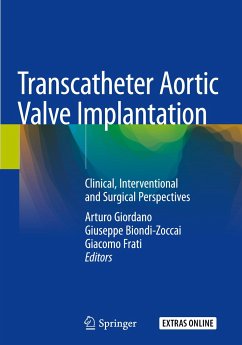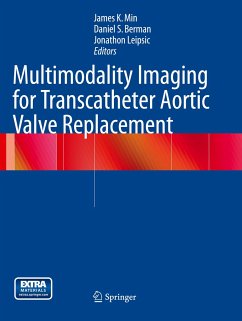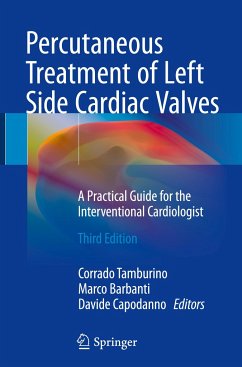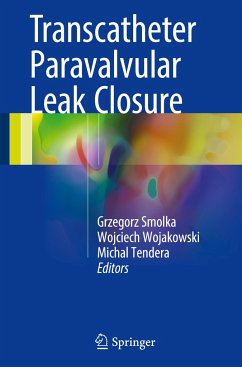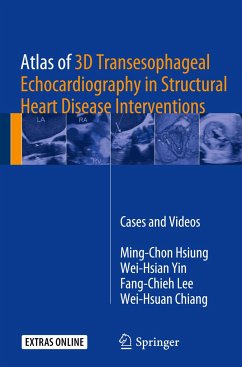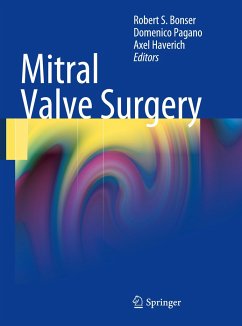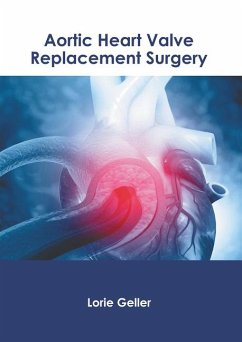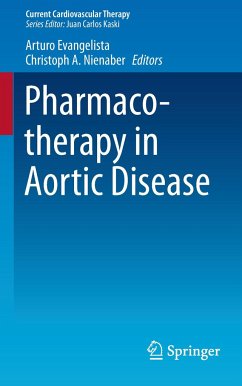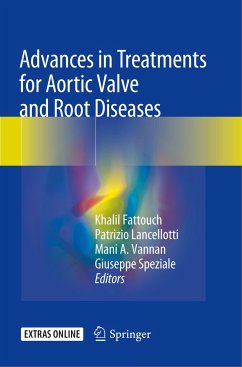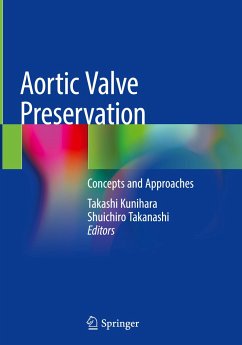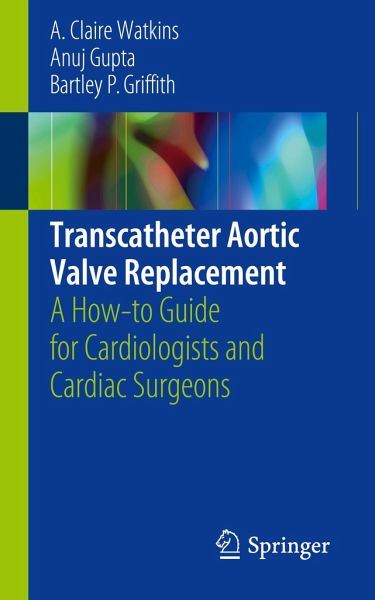
Transcatheter Aortic Valve Replacement
A How-to Guide for Cardiologists and Cardiac Surgeons

PAYBACK Punkte
31 °P sammeln!
This concise manual describes in detail how to perform a transcatheter aortic valve replacement (TAVR) procedure and provides cardiac surgeons and cardiologists with the foundation necessary to begin practicing TAVR. It includes background on the landmark data establishing the field of TAVR, instructions in the pre- and post-operative management of TAVR patients, and technical descriptions of the newest and most common devices and how to use them. Written by leaders in the field, it offers an unbiased, academic review and describes the experience of colleagues who have learned through trial an...
This concise manual describes in detail how to perform a transcatheter aortic valve replacement (TAVR) procedure and provides cardiac surgeons and cardiologists with the foundation necessary to begin practicing TAVR. It includes background on the landmark data establishing the field of TAVR, instructions in the pre- and post-operative management of TAVR patients, and technical descriptions of the newest and most common devices and how to use them. Written by leaders in the field, it offers an unbiased, academic review and describes the experience of colleagues who have learned through trial and error. The Transcatheter Aortic Valve Replacement Manual is an essential resource for physicians and related professionals, residents, fellows, and graduate students in cardiology, cardiac surgery, thoracic surgery, and vascular surgery



